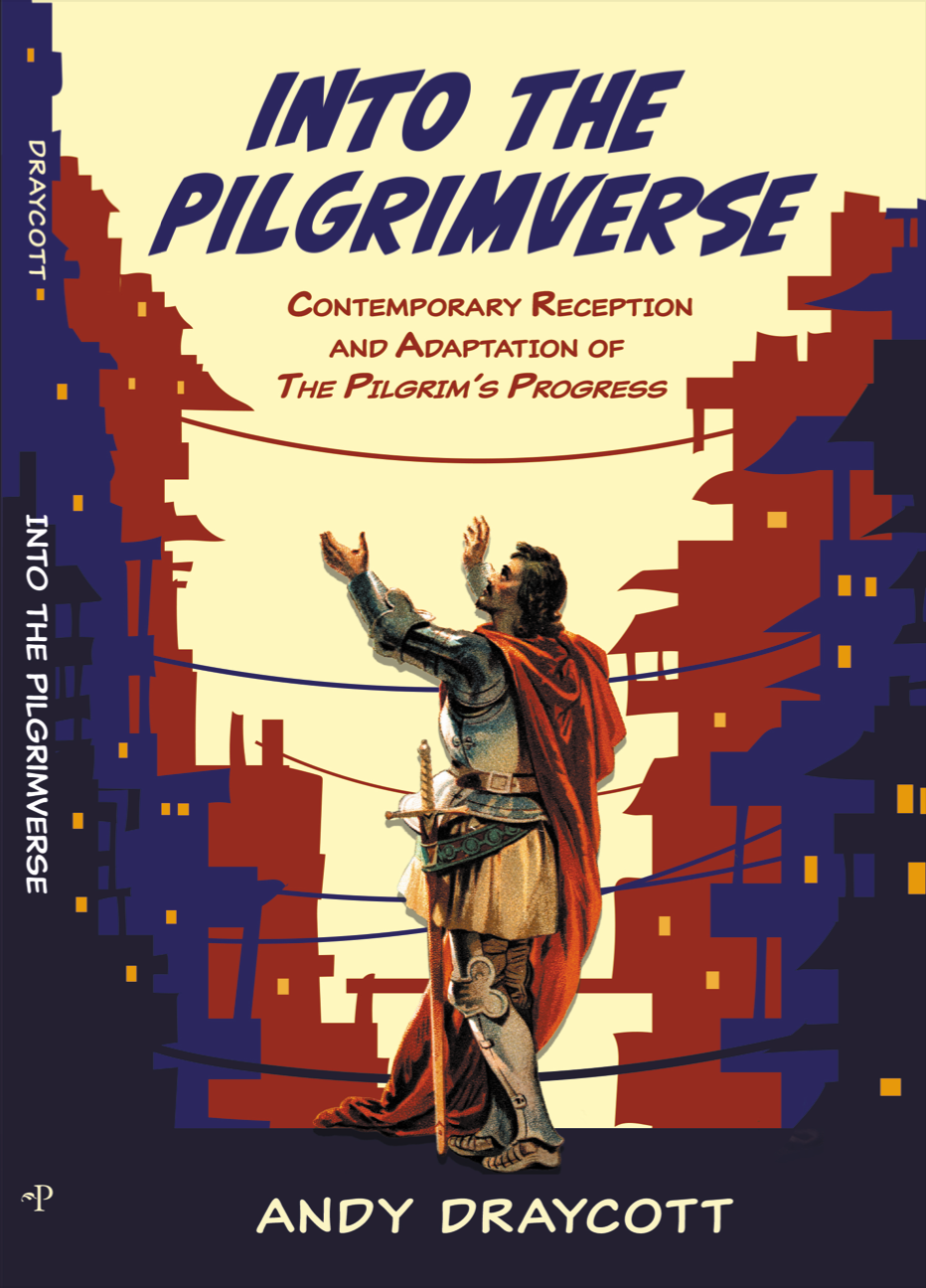Modern English Versions- Author's Apology
- andydraycott7
- Jan 29, 2023
- 3 min read
Updated: Jan 29, 2023
Nothing puts Bunyan's classic in its seventeenth-century context more than the Author's Apology. Bunyan puts a long poem before the beginning of his narrated dream allegory in order to justify or defend his creative use of 'similitudes' in articulation of a gospel truth. He had published before PP. Most significantly for today's readers, his spiritual autobiography, Grace Abounding to the Chief of Sinner, written from prison and published in 1666. He had also published polemical defenses of classic reformational doctrines of Justification and expanded sermons.

But with PP the preacher's interpretative creativity was taking over to become the dominant mode of writing. Bunyan feels he needs to set out at some length how he, as a known publishing preacher, is now writing 'dark' metaphors to communicate the gospel and the shape of the Christian life.
Anxiety about writing fiction is not one that Christian authors have to allay today (although that might depend on genre, I suppose.). Whether C.S. Lewis, or Andrew Peterson, the case for Christian creative writing is in.
So what do Modern English versions do with Bunyan's contextually vital but somewhat historically superseded Apology? The curious reality of his story having lasted and become a classic means that, once a decision is made to update the text to a modern form, the role of the Apology has changed for new readers of PP, daunted by (the reputation of) seventeenth century English.
Here's a taste of what the five versions do, and it's a good opening demonstration of modernizing decisions.
EP Books, (2017) 'Modern English Version':
Alan Vermilye's, (2020) 'Readable Modern-Day Version;
In both books, the Author's Apology is omitted and ignored altogether.
Robert J. Edmonson, CJ, (2006) The Most Difficult Journey You'll Ever Make
Along with some contextual commentary on Bunyan's circumstances when he wrote, The Most Difficult Journey includes a slightly abridged version of last few stanzas of the Apology. The language is Bunyan's original, so no modernizing the text beyond the abridgment.
Daniel Frayer-Griggs, (2019) 'In Modern Language;'*
Frayer-Griggs keeps the Author's Apology intact, as well as the Author's Way of Sending Forth Part II. He places them, preserving the wording that is just as Bunyan wrote them, at the end of his book, after both Part I and Part II. Again, no modernizing of language, but a relocation of the material to what is, effectively, an appendix, although without explanation.
Cheryl Ford's, (2016) 'Faithfully Retold' version;*
Ford does keep the Author's Apology at the front of her Modern Version of PP. She modernizes the word 'apology' in placing her version in its place before the main prose text of PP Part I. It becomes, "The Author's Defense of His Book." She also explains its purpose in her Introduction. In modernizing the language she changes "thee" and "thou" to "you", and "wouldst" to "would"; "a little book in such a mode" becomes "a little book in such a format." Bunyan's "Well, so I did" becomes "that's what I did."
"Now I was in a strait" becomes "Now I was in a real fix" which does mess up the meter of the poem. But there are other attempts to preserve the scansion, as in the repeated "No" at the end of the following revised section :
original:
Some said, John, print it; others said, not so;
Some said, it might do good; others said, no.
becomes:
Some said, "John, print it"; others, "Don't do so."
Some said,"It might do good"; others, "No, no."
As you can see, Ford adds speech marks where sees reported internal speech or dialogue in the Apology.
She does not overly simplify: still uses Bunyan's words like "placate" and "expostulate."
This is an abridgement, nonetheless; the Fisherman analogy is kept, thus:
original:
You see the ways the Fisherman doth take
To catch the Fish; what Engines doth he make?
becomes:
You see the ways the fisherman takes
To catch a fish; what gear he makes!
But, the long Fowler analogy that Bunyan follows with is cut. Catching birds, which is what a Fowler does, might be further from the imaginative world of her modern readers, and certainly the pearl in the toad's head is a contextual belief only bound to baffle.
One of the things that happens with modernized versions is that, because they seek to be linguistically readable, there is no apparatus of explanatory notes to alienate readers. So, even the modern rendering of contextual forms of thought don't necessarily become clearer to understanding even when the individual words, and word order, are more recognizable.
Ford does a good job, with justifiable abridging, preserving the sense. One last example of updating:
original:
My dark and cloudy words, they do but hold
The truth, as Cabinets enclose the Gold.
becomes:
My mysteries and shadows, indeed do hold
The truth, as cabinets enclose the gold.
In the next post, I'll examine the gold and the cabinetry of Bunyan's opening of the main prose text of PP in the Modern Versions.


Having now read the Apology in an edition from the 1860’s or before via Miss Watt’s Grandmother you have raised a relevant issue. Bunyan was an innovator- clearly he was aware that some fellow Christians disagreed with a new and different approach. He did not wish to cause offence but in the end he went ahead, despite his own doubts which he shares honestly.
Very interesting.